4 industries ozone generators have positively impacted
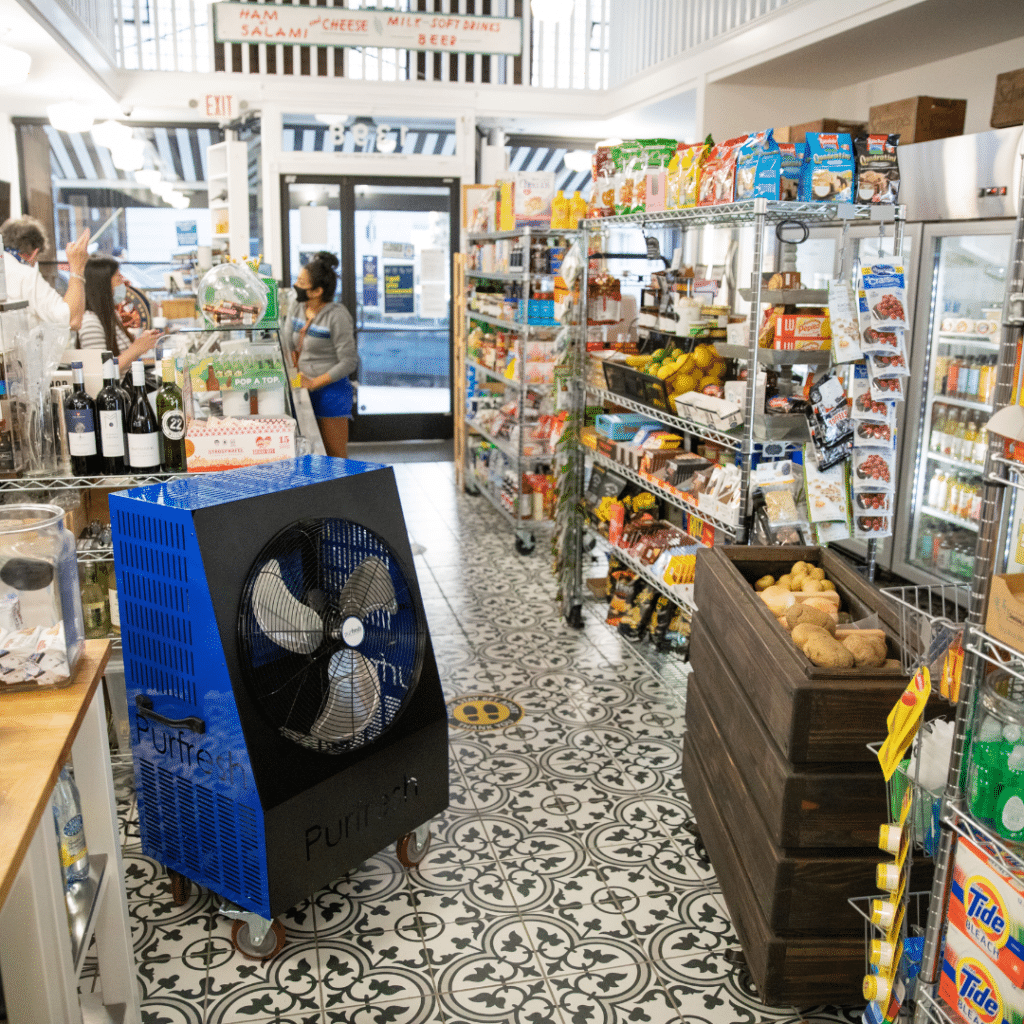
4 Industries Positively Impacted by Ozone Generators This industries have seen positive results using Ozone machines. Introduction Ozone is a powerful oxidizer used in different industries to improve air quality, reduce odors, and eliminate mold and mildew. O3 is an alternative to chlorine and other harmful chemicals to the environment and people’s health. Here are […]
Ozone Approvals Summary
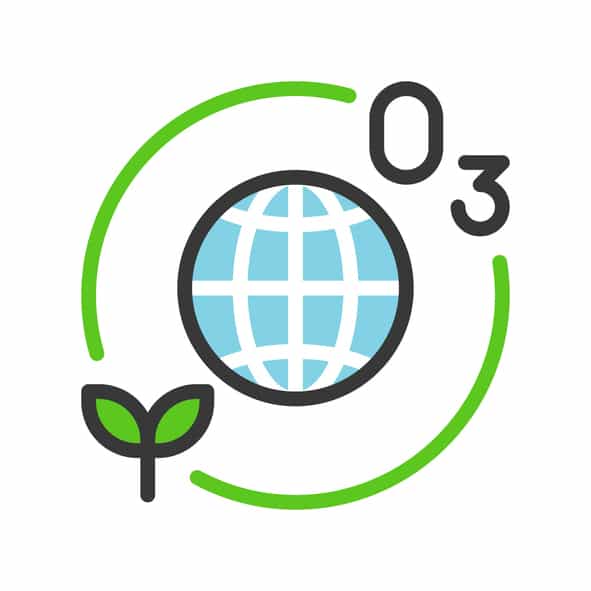
USDA, FDA, EPA, CDC, OSHA Approvals, Recommendations and Guidelines: Summary: More than 100 years of ozone use worldwide United States Food and Drug Administration approved for bottled water in 1982 EPA allows use of ozone with no reporting or record-keeping FDA Expert Panel approved as GRAS (generally recognized as safe) in 1997 FDA granted petition […]
Studies Prove Purfresh’s CLEAN Product Line Deactivates COVID-19 on Surfaces & in Air – Featured at Biocom

With COVID-19 reported to live on surfaces up to 72 hours and easily transmitted through the air in droplet form, it’s more important than ever to decontaminate interior spaces, lab equipment, and other daily-use items being shared by multiple individuals. For over a decade, Purfresh Clean has provided ozone-based services to companies around the world, […]
Blue Oak Brewing company using Purfresh SPACE

Blue Oak Brewing in San Carlos California is using Purfresh SPACE to decontaminate their facility every night. “Blue Oak Brewing has deployed top decontamination technology at our facility to provide the cleanest and safest environment possible for our customers and employees. We now use Purfresh Clean ozone systems to decontaminate the interior of our facility every day. Ozone […]
Manufacturing photos of Purfresh SPACE
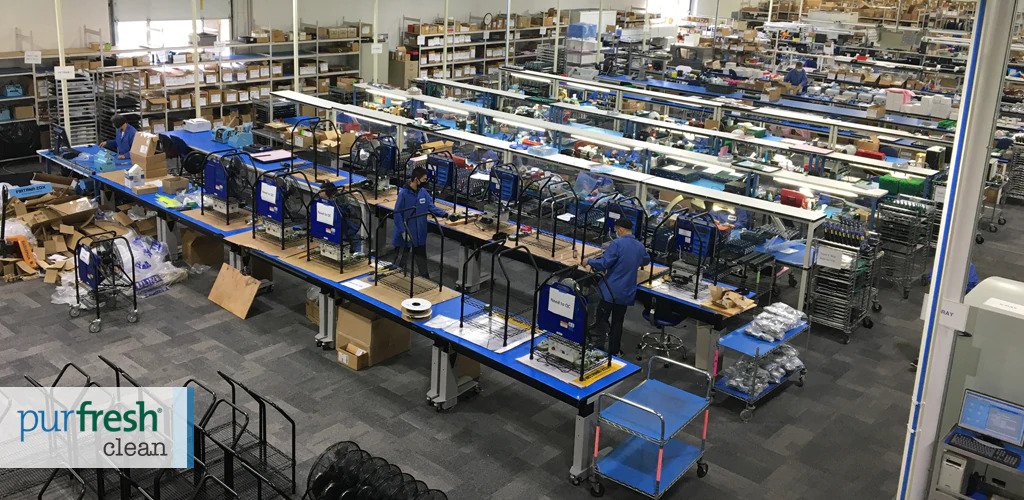
Below we want to share some photos of our Purfresh SPACE product during manufacture. Purfresh SPACE is a decontamination service for closed spaces up to 15,000 sqft, including company offices, doctors offices, homes, restaurants, bars or closed spaces up to 15,000 sqft. To learn more about decontamination of closed spaces click the link.
How 3 American Technology Companies are Adapting to Help During the Coronavirus Crisis
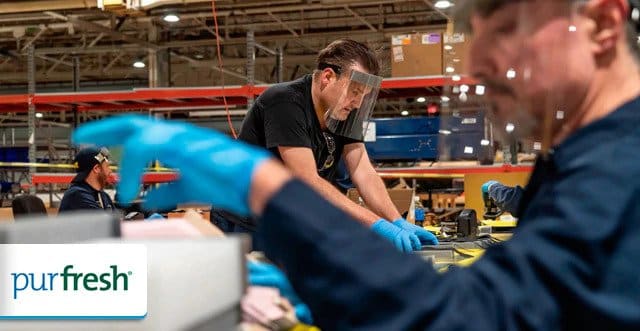
The coronavirus pandemic is one of the biggest crisis inciters in recent humankind history. While it is true that medical technology has advanced enough to come up with solutions in real-time around the world, the truth is that 2020 has ended for us all as it will take at least 18 months to find a […]
Purfresh Repurposes Its Ozone Technology to Support Hospitals Fighting the Coronavirus
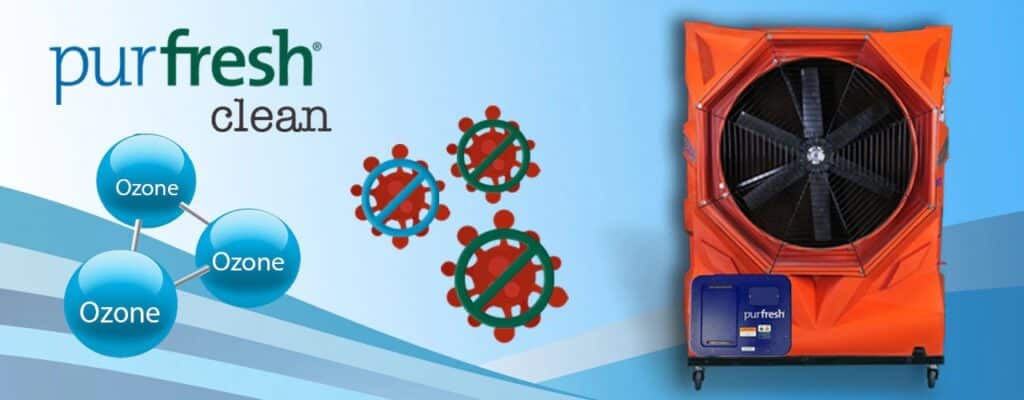
(HAYWARD, CALIFORNIA, April 1, 2020) – As medical professionals at hospitals across the country fight to save victims of COVID-19, they struggling with limited supplies of personal protective equipment (PPE) and ensuring their facilities are free from the virus. Purfresh announced today that it is repurposing one of its products to support hospitals in providing doctors […]
REVIEW OF THE APPLICATION OF OZONATION FOR DISINFECTING COVID-19 / SARS-CoV-2
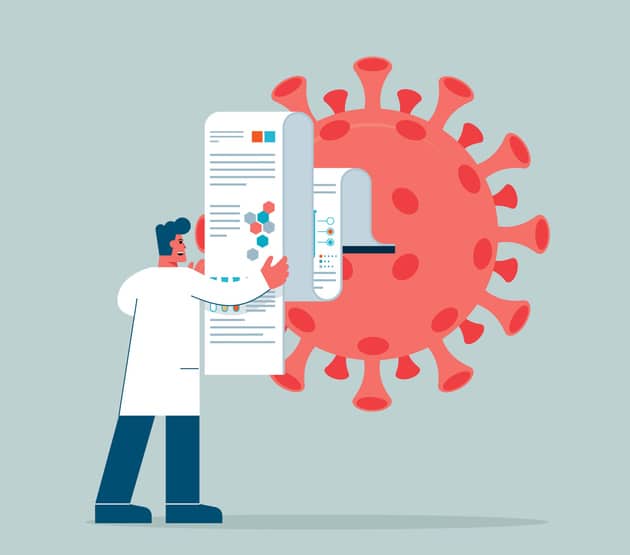
Introduction The inhibitory and lethal effects of ozone on pathogenic organisms including viruses have been observed since the latter part of the 19’th century. (Shentag, Akers, Ph.D., Campagna, & Chirayath) Viruses are very small microscopic particles containing DNA or RNA, lacking the capacity to reproduce themselves outside of a host. Viruses are smaller than bacteria […]